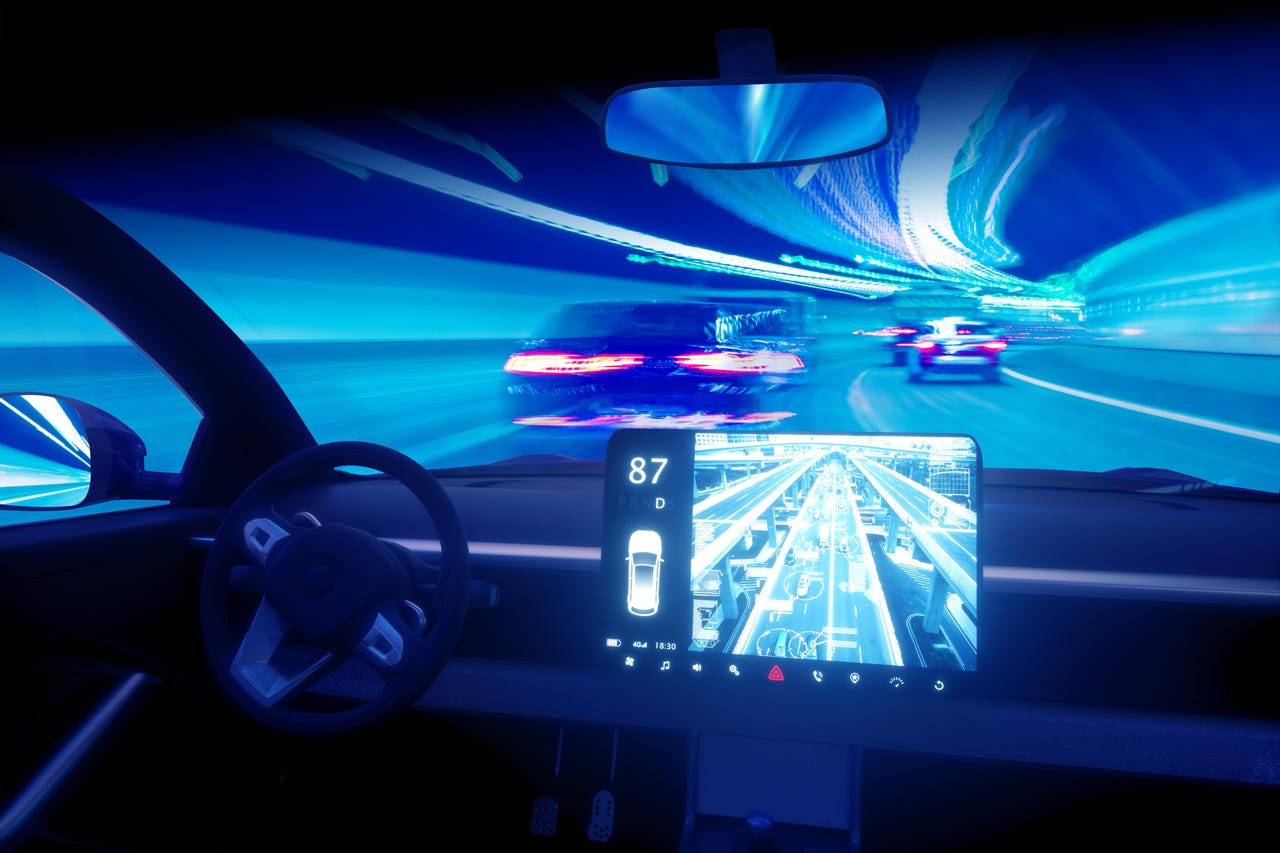The tech behind ChatGPT could power your next car's AI driving assistant


The technology used to power OpenAI's ChatGPT could permeate every aspect of our lives, as proven by companies like General Motors that are planning to incorporate the tech in future vehicles. GM manufactures Chevrolet, Cadillac, Buick, and GMC cars and trucks, which could introduce the technology to many popular vehicles.
Also: How does ChatGPT work?
Cars have become increasingly high-tech in recent years; Bluetooth connectivity, semi-autonomous driving, automatic braking, lane departure warning, collision warning, and 360-degree reverse cameras are now common features for modern vehicles.
And most of those technologies use artificial intelligence to automate the parts of driving that take the driver's attention away from the road. But there are still a few aspects of driving that remain as they were 30 years ago, such as combing through an owner's manual or pushing a garage door opener.
Also: These experts are racing to protect AI from hackers
GM plans to use the technology behind ChatGPT to automate those things and to make the smart car of the future feel like it's not so far into the future. Last week, Semafor first reported that GM was working on a voice assistant based on the tech found in ChatGPT.
It's important to note that ChatGPT won't be in GM vehicles, but new cars will use similar language model technology to power an AI assistant. According to Semafor, the voice assistant will use Microsoft's Azure cloud service, making the technology behind Dall-E, ChatGPT, and Microsoft Bing available to GM.
GM hopes to use an AI assistant to achieve a human-to-car relationship only found in science-fiction movies. Advanced AI assistants have long been a goal for many car manufacturers but it remained unattainable mainly because AI language technology has been underdeveloped.
Also: The best AI chatbots: ChatGPT and other interesting alternatives to try
Apple CarPlay and Android Auto allow drivers to connect their phones to their cars via USB-C or Lightning to USB cables. Then, some of the phone's apps are uploaded to the car's entertainment center screen, where drivers can use the full capabilities of their phone's calling, texting, and navigation services without touching their phone.
But an in-car AI assistant can be conversational and more knowledgeable than a smartphone. For example, the driver may notice their windshield wipers no longer work well. The driver could ask the car what size wipers their vehicle requires, and the car might even be capable of telling them what store the driver can find those wipers in.
Or, the driver may want to know how to turn on their automatic braking system. The car could then explain how the feature works, how to toggle it on and off, and the best driving conditions for using that feature.
Also: How to make ChatGPT provide sources and citations
But the the most important use of these AI assistants will be how they can make being on the road safer for everyone. According to the U.S. Department of Transportation, 42,915 people died in car crashes in 2021. Can AI assistants be used to give drivers an impromptu refresher on traffic laws? Could they notify drivers that they are driving too fast or not allow the car to go too far over the residential speed limit?
Perhaps the best thing an AI assistant can do for drivers is eliminate the need to take their eyes off the road. Entertainment center screens in cars are getting more extensive and comprehensive as new models emerge each year. But car voice assistants like Siri have limited capabilities in what they can do for the driver hands-free.
Also: 5 ways ChatGPT can make your life easier
Some drivers take their eyes off the road to adjust the temperature, pause a song, or close an app. And many cars' entertainment systems don't offer haptic feedback, leaving the driver to wonder if their finger pressed the right button and take their eyes off the road to check. Even if for a second or two, distracted drivers can quickly become a danger to others.
If a driver can ask the AI assistant to set the driver's side temperature to 70 degrees, pause a song or play a specific playlist, or stop the navigation system, the need for buttons on the car's entertainment system could become obsolete.
A fully incorporated automated assistant could make interstates and intersections, the most common places for car wrecks, safer. But can a car with a deep learning mind of its own infringe on the driver's autonomy and actually cause more harm? Could cyberattacks on the car's AI also present a significant risk?
Car manufacturers bear a great responsibility to ensure the pitfalls of AI don't unintentionally make the roads more dangerous.
The future is here. Are we ready?